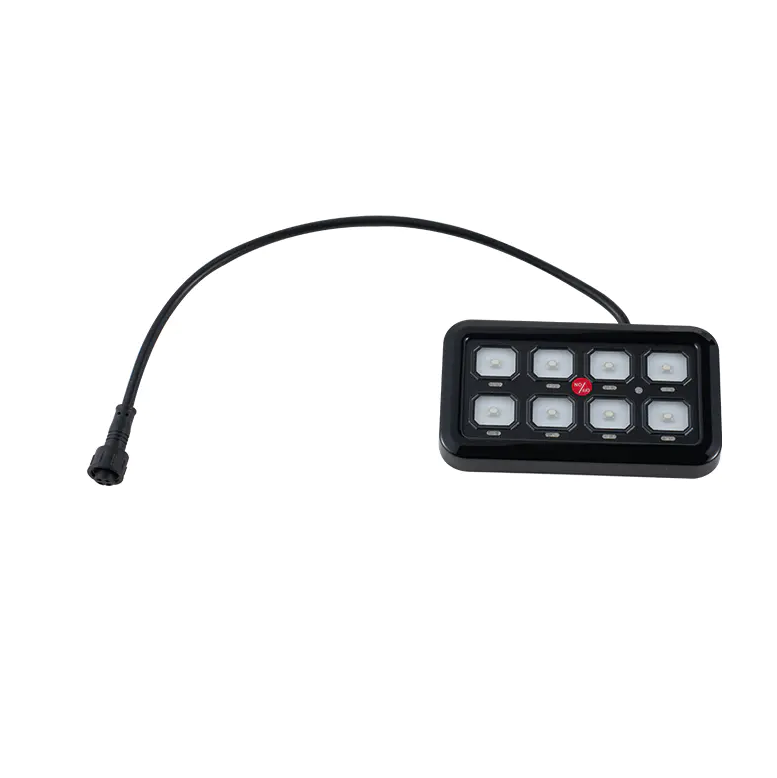How Switch Panels Are Designed to Withstand Physical Shock and Mechanical Impact Effectively

The switch panel is a crucial component in electrical systems, often installed in environments where it may be subject to physical impacts or mechanical shocks. Understanding the impact resistance of a switch panel is essential for ensuring its durability, operational reliability, and safety. This article examines how switch panels are designed to resist impact and what factors influence their mechanical robustness.
Impact resistance refers to the ability of the switch panel’s enclosure and components to withstand sudden forces or shocks without sustaining damage. This characteristic is particularly important in industrial, outdoor, or high-traffic areas where accidental bumps, drops, or collisions might occur. Panels that lack adequate impact resistance risk enclosure cracks, internal component failure, or compromised protection against environmental hazards.
Manufacturers enhance impact resistance primarily through material selection. Many switch panels use high-strength plastics such as polycarbonate or ABS, which offer excellent toughness and flexibility. These materials absorb and dissipate energy from impacts, reducing the likelihood of fractures. In more demanding applications, metal enclosures made from steel or aluminum alloys provide superior mechanical strength and resistance to deformation.
The design of the switch panel’s structure also plays a vital role. Reinforced corners, ribbing on enclosure walls, and thicker panel faces help distribute impact forces more evenly, minimizing stress concentrations. Some switch panels incorporate shock-absorbing mounts or internal padding to protect delicate electrical components from vibration and shock.
Testing standards for impact resistance, such as the IK rating defined by IEC 62262, provide a systematic way to evaluate switch panels. The IK rating ranges from IK00 (no protection) to IK10 (highest protection), indicating the level of impact energy the enclosure can withstand. A panel rated IK08 or higher is typically considered suitable for industrial environments with moderate to high impact risks.
It is important to note that impact resistance must be balanced with other performance requirements such as waterproofing and heat dissipation. For example, thicker or more robust materials might reduce ventilation or increase weight, so manufacturers optimize designs to meet multiple criteria without compromising safety.
Regular inspection and maintenance contribute to maintaining impact resistance. Over time, exposure to environmental factors such as UV radiation, chemicals, or temperature changes can degrade materials, reducing their toughness. Cracks, dents, or loose fittings should be repaired promptly to prevent further damage.
For specific applications, additional protective measures may be employed. Protective covers, external cages, or mounting locations that reduce exposure to accidental impacts can extend the life of switch panels in vulnerable areas. Training personnel to handle equipment carefully also helps minimize mechanical damage.
In conclusion, the impact resistance of a switch panel is a key factor in its performance and longevity. Through careful material choice, structural design, and compliance with testing standards, modern switch panels are equipped to withstand mechanical shocks encountered in various environments. Proper maintenance and protective practices further ensure that these panels remain reliable and safe throughout their service life.
8 SWITCH PANEL SYSTEM
Vin: 12V~24V
Pout: 600W-1200W
- Art
- Causes
- Crafts
- Dance
- Drinks
- Film
- Fitness
- Food
- Jogos
- Gardening
- Health
- Início
- Literature
- Music
- Networking
- Outro
- Party
- Religion
- Shopping
- Sports
- Theater
- Wellness


